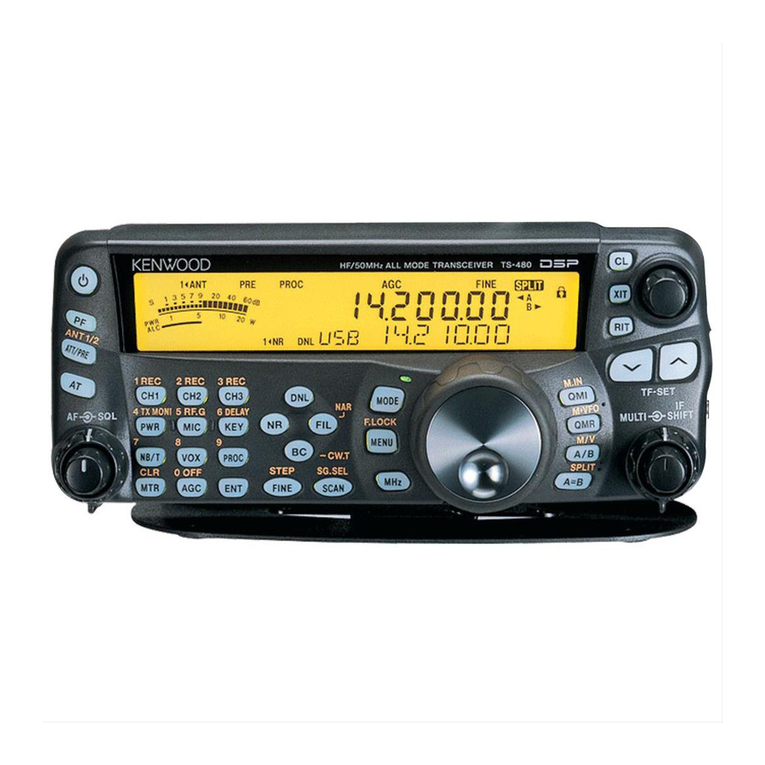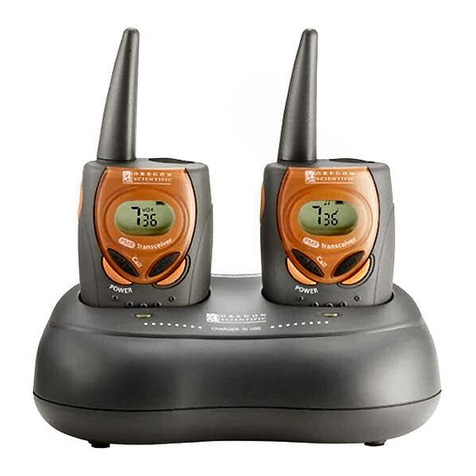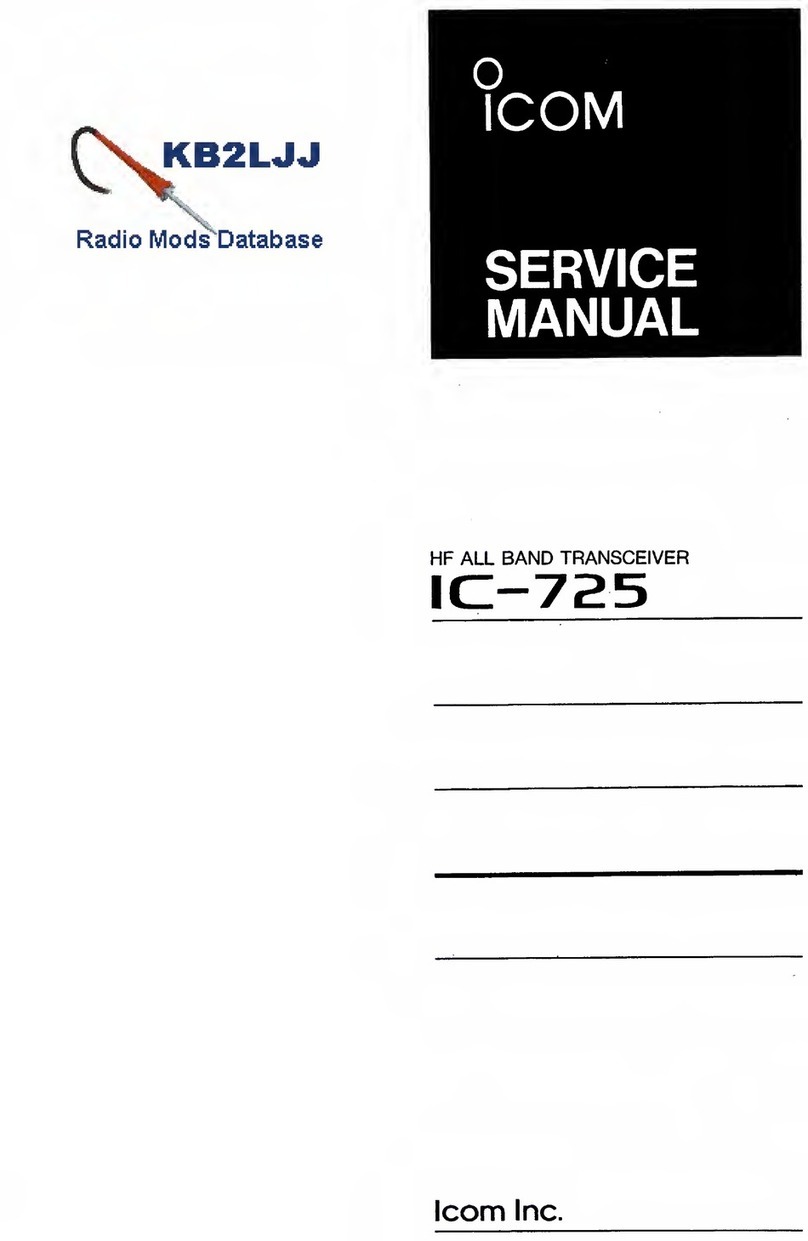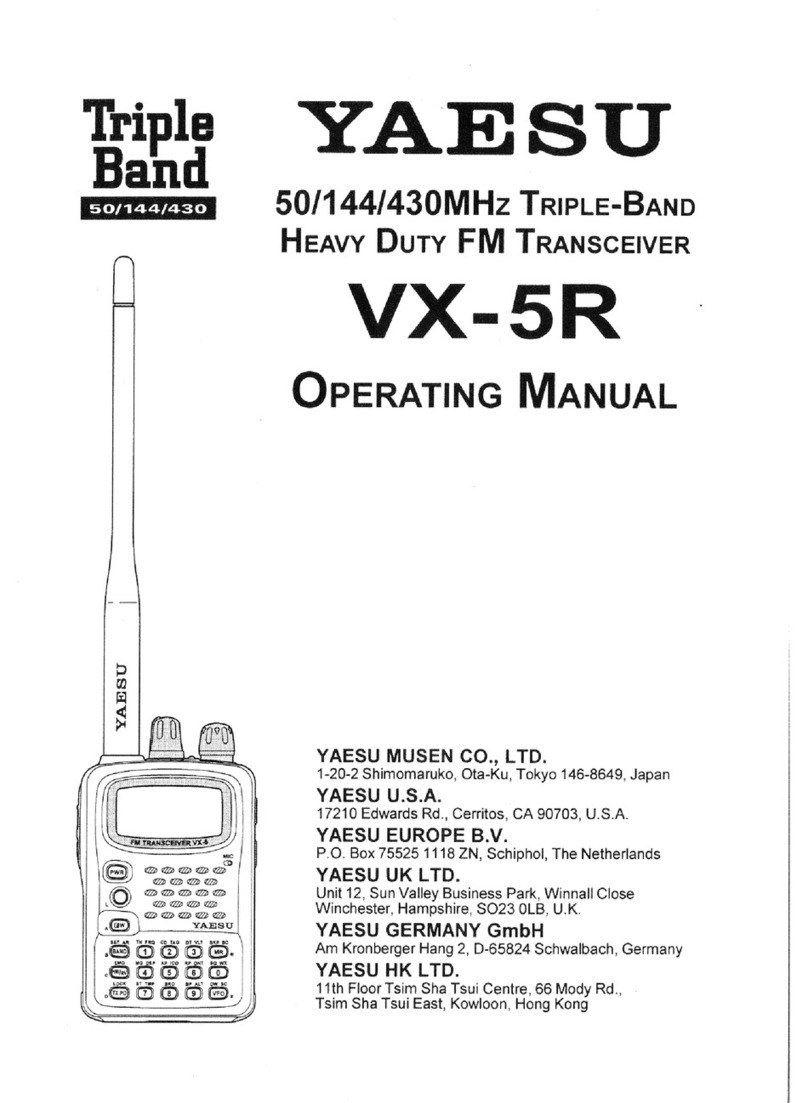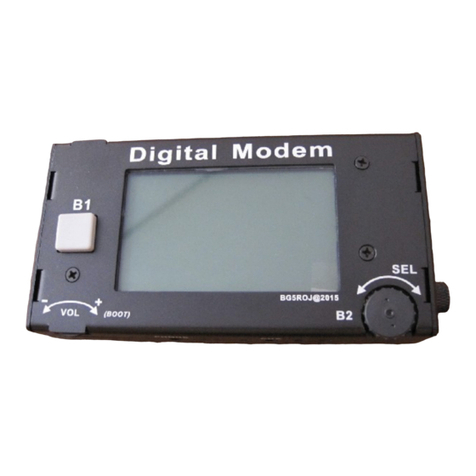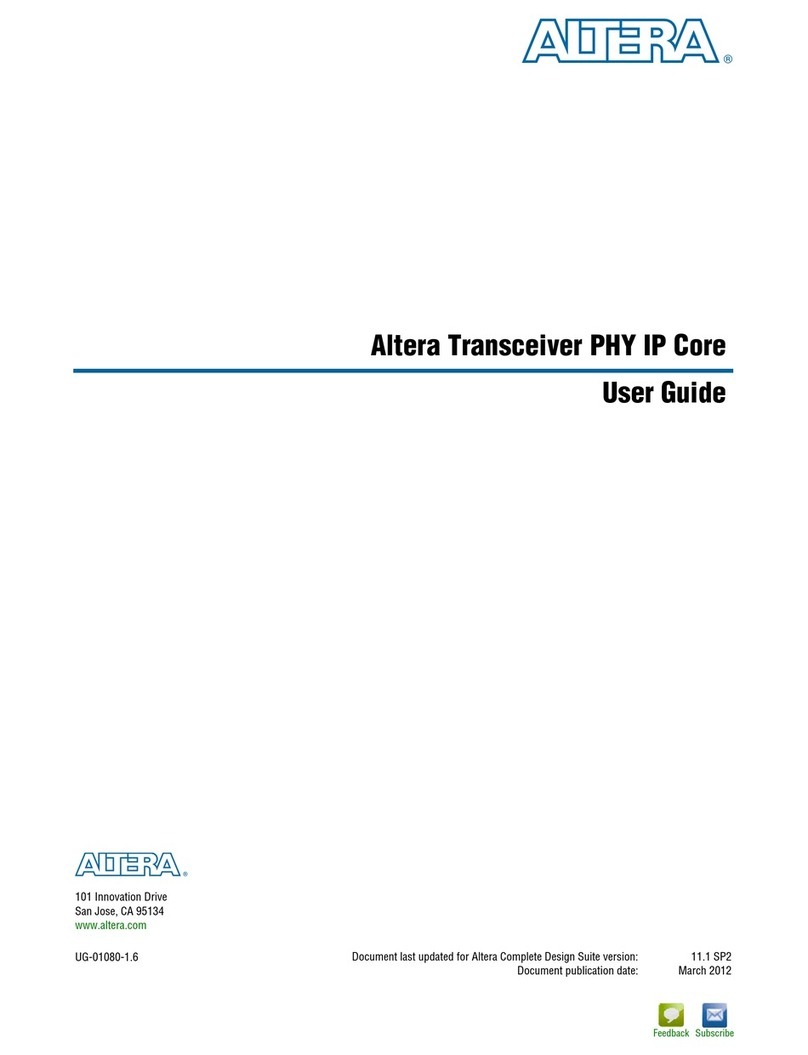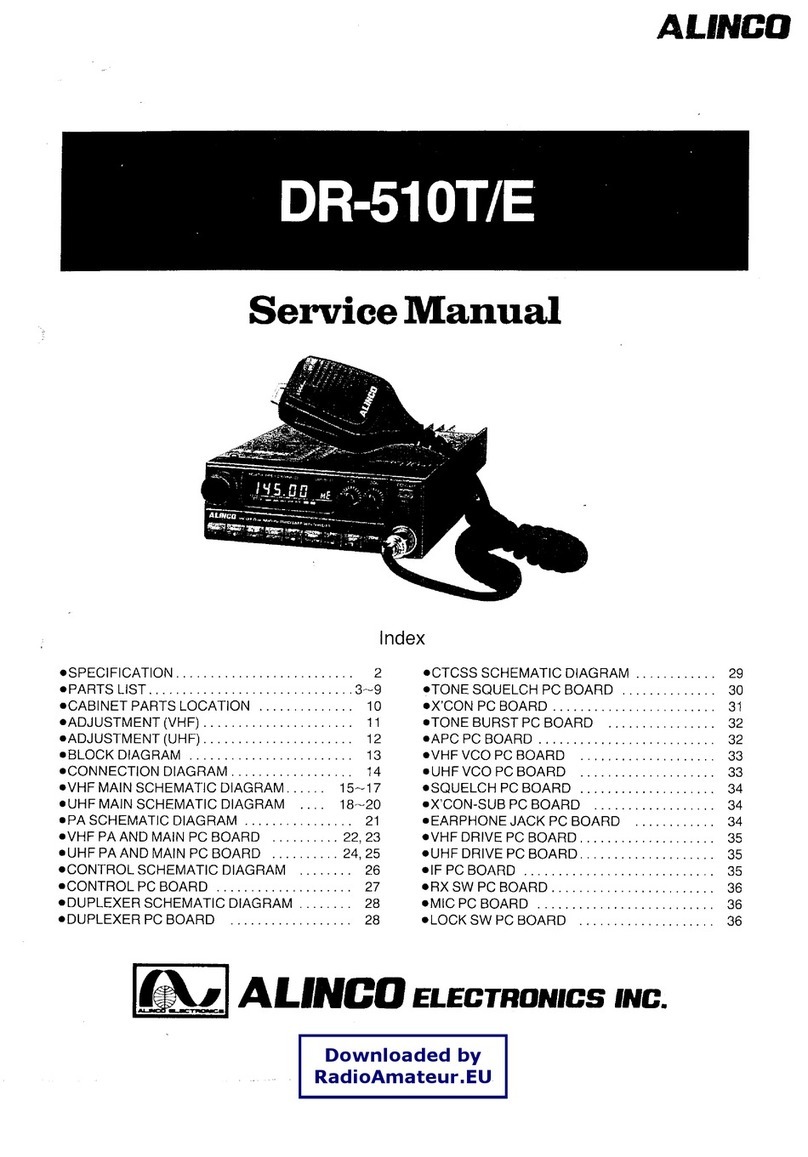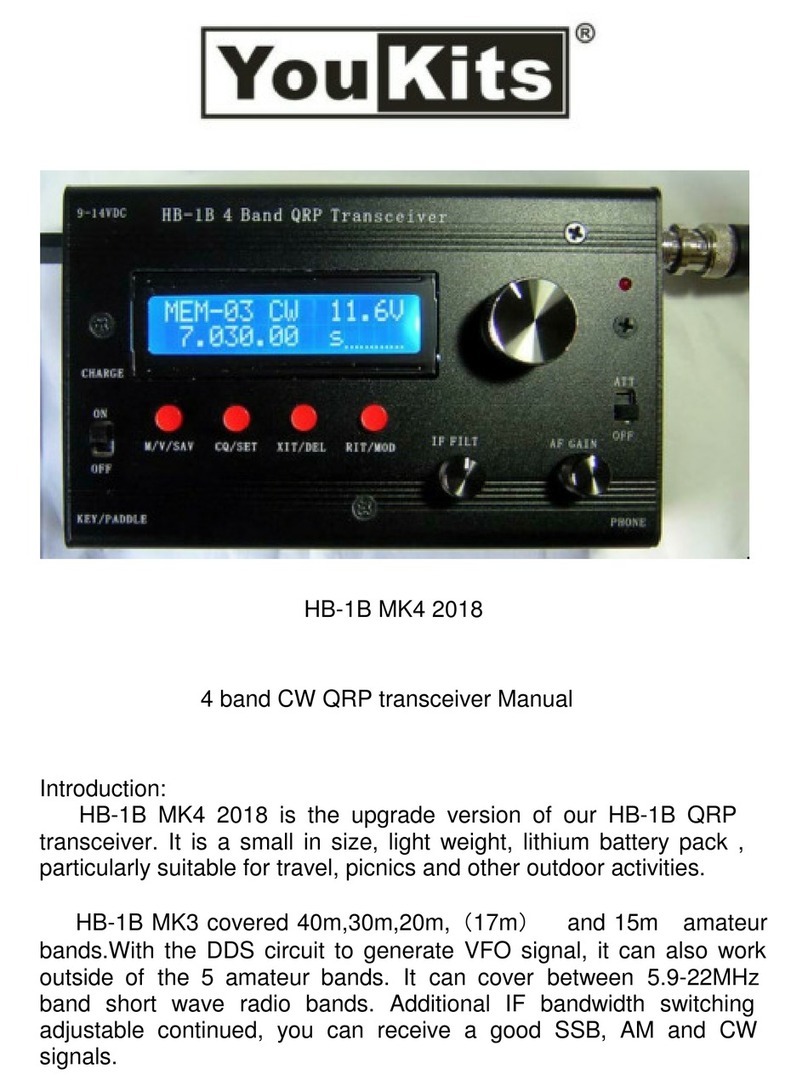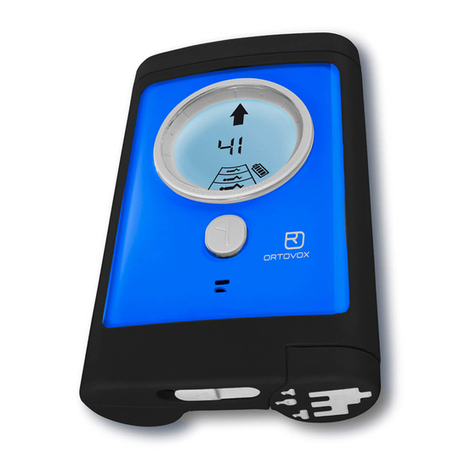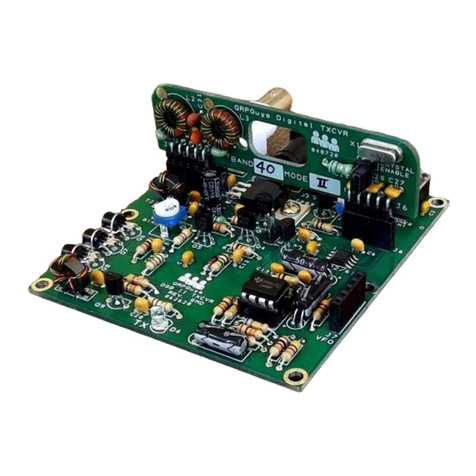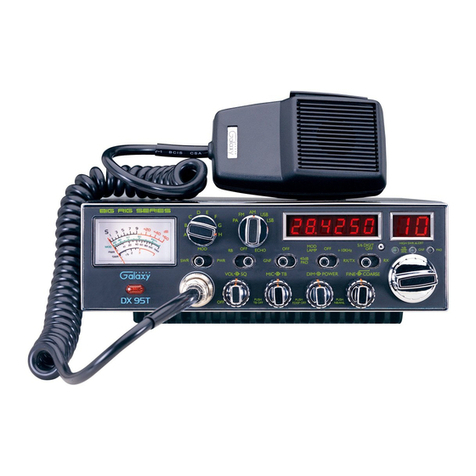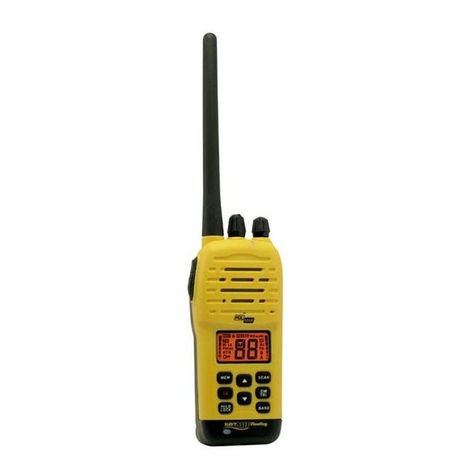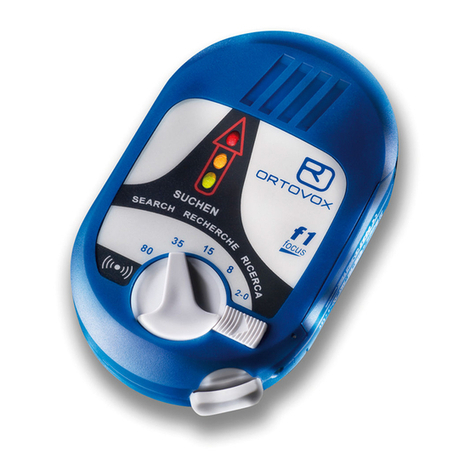Pixapro ST-II-N User manual

PIXAPRO® LTD.
50 Popes Lane,
Oldbury,
West Midlands,
B69 4PA
Tel: 0845 872 7904
Web: www.essentialphoto.co.uk
E-mail: [email protected]
Company Registration No. 07601334
For Nikon

Contents
3
4
6
6
7
7
7
7
8
9
9
10
10
11
11
11
12
Foreword
For Your Safety
Names of Parts
Body
Accessories
Battery
Power Switch
Shutter/Flash Switch
Channel Switch
Using Guide
As a Wireless Studio Flash Trigger
As a Wireless speedlight Trigger
As a Wired Shutter Release
(Normal Shooting & Long Exposure Shooting)
As a Wireless Shutter Release
(Normal Shooting & Long Exposure Shooting)
Camera Settings
Attentions
Technical Data
- 1 - - 2 -

To prevent damage to your product or injury to you or to others, read the
following safety precautions in their entirety before using this device. Keep
these safety instructions where all those who use this device will read them.
Failure to observe the precautions listed in this section could result in damage
to the product.
The following icon indicates warnings that should be read before using this
device in case of possible damage or injury.
For Your Safety
Thanks for your purchase of this ST-II-N Transceiver.
This device is designed to function as a wireless transmitter and a receiver for
studio flash, speedlight, and camera shutter. Featuring multi-channel
triggering, stable signal transmission, and sensitive reaction, it gives
photographers unparalleled flexibility and control over their strobist setups.
The transceiver applies to hotshoe-mounted Nikon DSLR series cameras.
With ST-II-N, high speed synchronization is available for most of studio flashes
in the market. The max flash synchronization speed is up to 1/8000s *.
Speedlights and high-speed studio flashes ** can also achieve high speed
synchronization when used with specific models of Nikon DSLR cameras. Not
all camera-flash combinations can achieve high speed synchronization. For
details, see the appendix: Max Sync Speed in Different Camera-Flash
Combinations.
*: 1/8000s is achievable when the camera has a max camera shutter speed of 1/8000s. **:
High-speed studio flashes refer to those having a flash duration shorter than 1/2000s
and adopting IGBT technology.
Foreword
Do not disassemble or modify
Failure to observe this precaution could result in electric shock or product
malfunction. Should the product break open as the result of a fall or other
accident, remove the batteries and take the product to an authorized
maintenance center for inspection.
Keep dry
Do not handle with wet hands or immerse in or expose to water or rain.
Failure to observe this precaution could result in fire or electric shock.
Do not use in the presence of flammable gas
Failure to observe this precaution could result in explosion or fire.
Keep out of reach of children
This device contains small parts which may pose a choking hazard.
Consult a physician immediately if a child swallows any part of this
device.
Turn off the transceiver immediately in the event of malfunction
Should smoke or an unusual smell come from this device, remove the
batteries immediately and take the device to an authorized maintenance
center for inspection, taking care to avoid burning. Injuries could occur if it
is further used.
Do not expose to high temperature
Do not leave the device in a closed vehicle in the sun or in other areas
subject to extremely high temperature. Failure to observe this precaution
could result in fire or damage to the casing or internal parts.
- 3 - - 4 -

Names of Parts
Body
1.Power Switch
ON (Power On)
OFF (Power Off)
2.Shutter/Flash Switch
Camera (Remote Shutter Mode +
Flash Triggering Mode)
Flash (Flash Triggering Mode)
3.TX/RX Switch
TX (Wireless Transceive Mode)
RX (Wireless Receive Mode)
Half Press Fully Press
5.Status Indicator Lamp
LED Double Colors Lamp
6.Shutter Release Port
7.Studio Flash Trigger Port
8.Hot Shoe Camera Connection
9.Hot Shoe Speedlight Connection
10.Channel Switch
11.Antenna
12.Battery Compartment
4.Trigger Button
Observe precautions when handling batteries
Batteries may leak or explode if improperly handled. Observe the
following precautions when handling batteries for use in this device:
Use only batteries listed in this manual. Do not use old and new
batteries or batteries of different types at the same time.
Read and follow all warnings and instructions provided by the
manufacturer.
Batteries cannot be short-circuited or disassembled.
Do not put the batteries into a fire or apply direct heat to it.
Do not attempt to insert batteries upside down or backwards.
Batteries are prone to leakage when fully discharged. To avoid
damage to the product, be sure to remove batteries when the product
is not used for a long time or when batteries run out of charge.
Should liquid from the batteries come into contact with skin or clothing,
rinse immediately with fresh water.
- 5 - - 6 -

1. In Studio Flash Triggering Mode, press Trigger Button, and Status
Indicator Lamp turns red, indicating trigger done.
2. In Studio Flash Triggering Mode + Remote Shutter Mode, half press
Trigger Button, and Status Indicator Lamp turns green, indicating the
camera is focusing. Fully press Trigger Button, and Status Indicator Lamp
turns red, indicating the camera is shooting.
3. Long Exposure Shooting (camera set to bulb mode)
In Studio Flash Triggering Mode + Remote Shutter Mode, fully press
Trigger Button for 3s, and Status Indicator Lamp turns from red to green,
indicating the camera remains long exposure. Press Trigger Button again,
and Status Indicator Lamp goes out, indicating long exposure finished.
Channel Switch
There are 16 channels in the device. Set the two devices for transmitting
and receiving on the same channel before use.
Check the following table for channel settings:
Note: In Studio Flash Triggering Mode + Remote Shutter Mode, the flash
can be synchronously fired by releasing camera shutter only when Hot Shoe
Camera Connection is set on the camera.
Accessories
1. Remote Cable
2. Sync Cable
3. Sync Adapter
4. 2 AA Batteries
5. Mounting Screws
6. Lanyard
Battery
As shown in the illustration, slide the battery hatch and insert two AA batteries.
Low Battery Indication
When the battery power(<2.4V) gets low, Status Indicator Lamp blinks
quickly (blink cycle=0.5s). Please replace new batteries, as low power leads
to no flash or flash missing in case of long distance.
Power Switch
Slide the Power Switch to ON, and the device is on and Status Indicator
Lamp blinks (blink cycle=1s). Slide the Power Switch to OFF, and the device
is off with no blinks of Status Indicator Lamp.
Shutter/Flash Switch
Setting
FLASH
CAMERA
Mode Status Indicator
Studio Flash Triggering Mode
Studio Flash Triggering Mode
+ Remote Shutter Mode
Green Indicator
Red Indicator
13
4
5
2 6
Note: In order to avoid power consumption, slide the power switch to OFF
position when not using the device.
Shutter
/Flash
Switch
S1
S2
S3
S4
910 11 12 13 14 15 16
0
0
0
1
1
0
0
1
0
1
0
1
1
1
0
1
0
0
1
1
1
0
1
1
1
1
0
1
1
1
1
1
Channel
S1
S2
S3
S4
1 2 345678
0
0
0
0
1
0
0
0
0
1
0
0
1
1
0
0
0
0
1
0
1
0
1
0
1
1
0
0
1
1
1
0
Channel
- 7 - - 8 -

2. As a Wireless Speedlight Trigger
Note: The speedlight can also be fired by pressing Trigger Button.
To enable it, you need to set TX's Shutter/Flash Switch to FLASH.
3. As a Wired Shutter Release (Normal Shooting & Long Exposure Shooting)
One unit needed
TXRX
Using Guide
The device features the following functions:
1. As a Wireless Studio Flash Trigger
2. As a Wireless Speedlight Trigger
3. As a Wired Shutter Release (Normal Shooting & Long Exposure Shooting)
4. As a Wireless Shutter Release (Normal Shooting & Long Exposure
Shooting)
1. As a Wireless Studio Flash Trigger
Two units needed (TX/Transmitter: TX/RX Switch set to TX; RX/Receiver:
TX/RX Switch set to RX)
RX
TX
21 3 4
1.1 Mount TX on camera hotshoe and
turn it on before turning on the
camera.
1.2 Connect RX to studio flash by
Sync Cable (one end in Studio
Flash Trigger Port of RX, the other
end in sync port of studio flash)
before turning on the studio flash.
1.3 Set TX and RX units to the same
channel.
1.4 Press the camera shutter button, and the studio flash will be triggered
simultaneously. Status Indicator Lamp of both TX and RX units turn red.
Note: The studio flash can also be fired by pressing Trigger Button.
To enable it, you need to set TX's Shutter/Flash Switch to FLASH.
Two units needed (TX/Transmitter: TX/RX Switch set to TX; RX/Receiver:
TX/RX Switch set to RX)
2.1 Mount TX on camera hotshoe and
turn it on before turning on the
camera.
2.2 Mount the speedlight to Hot Shoe
speedlight Connection of RX unit.
Set the speedlight to M mode.
2.3 Set TX and RX units to the same
channel.
2.4 Press the camera shutter button,
and the speedlight will be triggered
simultaneously. Status Indicator Lamp of both TX and RX units turn red.
3.1 Connect the transceiver to camera
by Remote Cable (one end in
transceiver's Shutter Release Port,
the other end in camera's shutter
port) before turning on the camera.
3.2 Set the transceiver's Shutter/Flash
Switch to CAMERA.
3.3 Press transceiver's Trigger Button
to control the camera.
3.4 Set the transceiver to either TX or
RX mode.
- 9 - - 10 -

4.1 Connect RX and the camera by
Remote Cable (one end in RX's
Shutter Release Port, the other end
in camera's shutter port) before
turning on the camera.
4.2 Set Shutter/Flash Switch to
CAMERA for both TX and RX units.
4.3 Set TX and RX units to the same
channel.
Avoid sudden drops. The device may malfunction after strong shocks,
impacts, or excess stress.
Keep dry. The product isn't water-proof. Malfunction, rust, and corrosion
may occur and go beyond repair if soaked in water or exposed to high
humidity.
Avoid sudden temperature changes. Condensation happens if sudden
temperature changes such as the circumstance when taking the transceiver
out of a building with higher temperature to outside in winter. Please put the
transceiver in a handbag or plastic bag beforehand.
Keep away from strong magnetic field. The strong static or magnetic
field produced by devices such as radio transmitters leads to malfunction.
Caring for Transceiver
Technical Data
Power Supply
Transmit Frequency
Workable Distance
Max Sync Speed
Channel
Dimension
Net Weight
3V (2*AA)
433MHz wireless remote system
100m (open areas)
1/8000s
16 channels
155*56.5*34.5mm (antenna included)
84g
4. As a Wireless Shutter Release
(Normal Shooting & Long Exposure Shooting)
Two units needed (TX/Transmitter: TX/RX Switch set to TX; RX/Receiver:
TX/RX Switch set to RX)
TXRX
Attentions
1. Unable to trigger flash or camera shutter. Make sure batteries are installed
correctly and Power Switch is turned on. Check if the transceivers are set to
the same channel, if the hotshoe mount or connection cable is well
connected, or if the transceivers are set to the correct mode.
4.4 Press TX's Trigger Button, RX will receive remote signals to control the
camera.
Set Custom Setting “e1: Flash sync speed” to “1/250 s (Auto FP)” to enable
smooth transtions from standard flash to FP flash high speed sync mode.
Do not use 1/320 s (Auto FP).
Camera Settings
2. Camera shoots but does not focus. Check if the focus mode of the camera
or lens is set to MF. If so, set it to AF.
3. Signal disturbance or shooting interference. Change a different channel on
the device.
4. Operating distance limited or flash missing. Check if batteries are
exhausted. If so, change them.
5. No is displayed or the is blinking on the camera viewfinder, though the
camera is mounted on the transceiver and the power switch is turned on.
This is resulted from unusual working of the transceiver. Check and make
sure the transceiver is well connected to the camera through Hot Shoe
Camera Connection, then power the Transmitter on again.
- 11 - - 12 -
Table of contents
